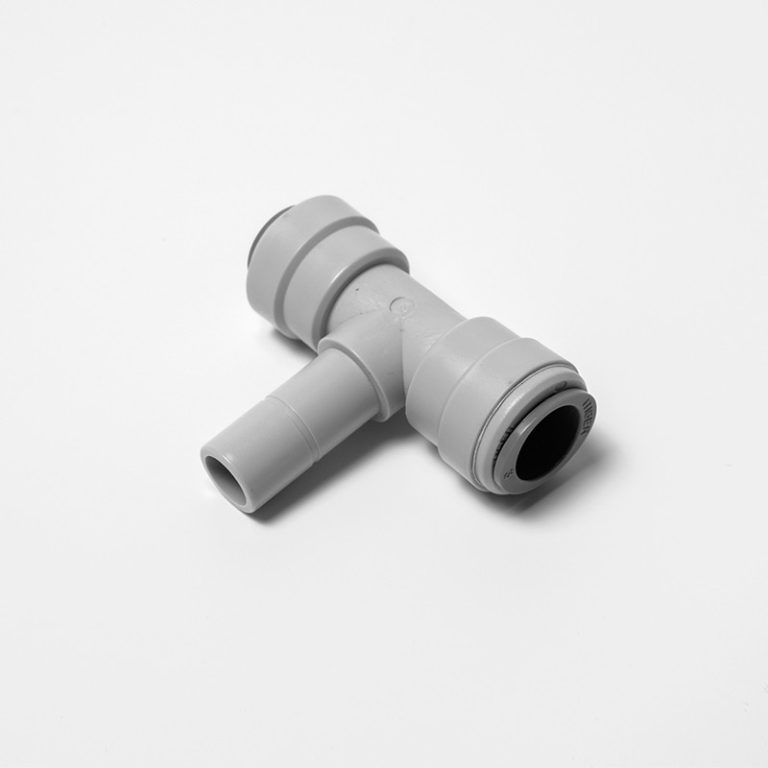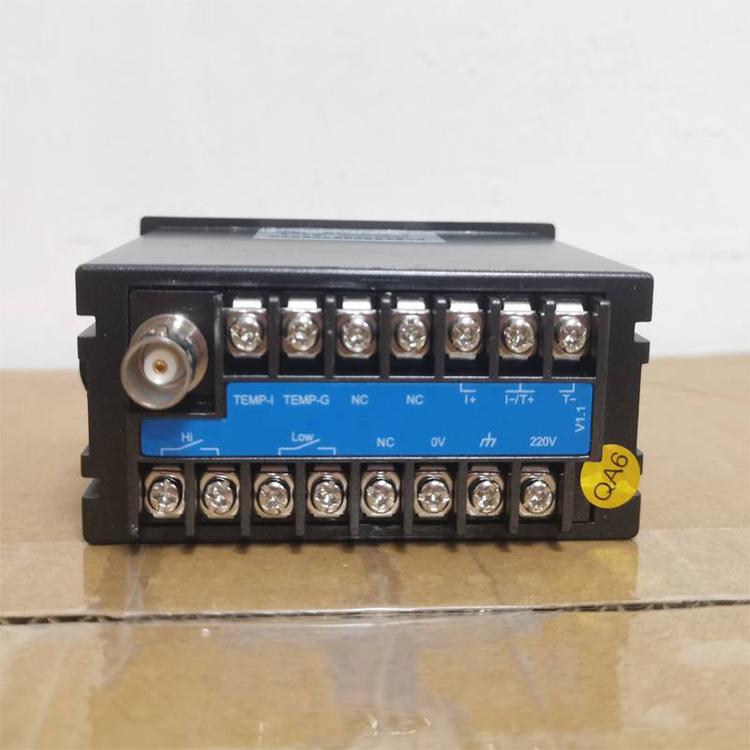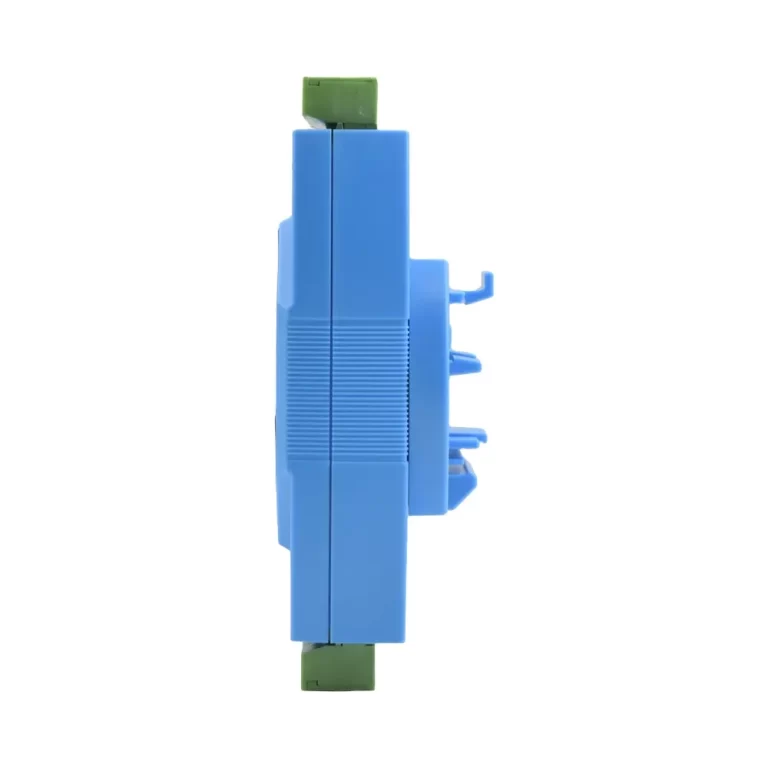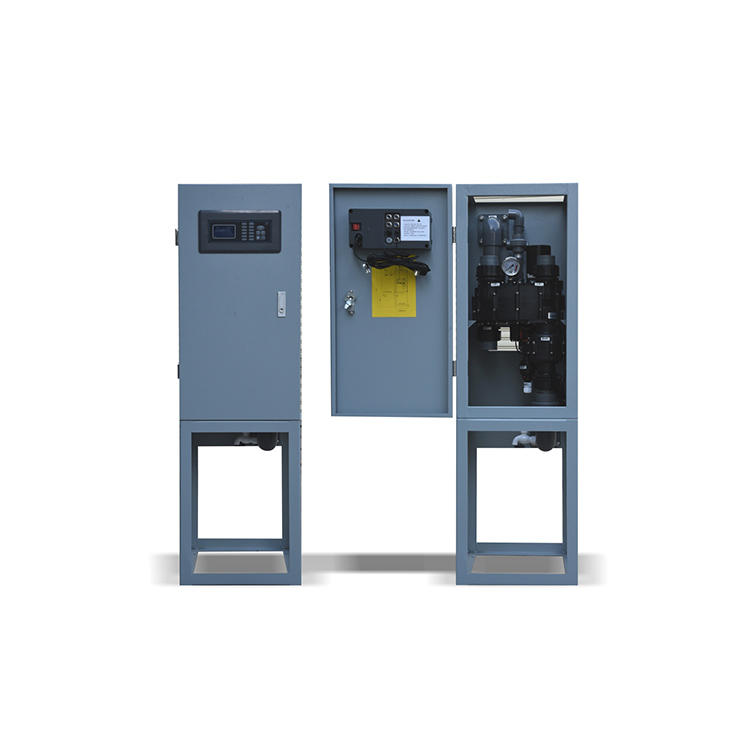Table of Contents
Pros and Cons of Using PVC Conduit Pipe Fittings in Electrical Installations
PVC conduit pipe fittings are a popular choice for electrical installations due to their durability, affordability, and ease of installation. However, like any material, there are both pros and cons to using PVC conduit pipe fittings in electrical work.

One of the main advantages of PVC conduit pipe fittings is their cost-effectiveness. PVC is a relatively inexpensive material compared to metal conduit, making it a budget-friendly option for electrical projects. Additionally, PVC conduit pipe fittings are lightweight and easy to work with, which can save time and labor costs during installation.
Another benefit of PVC conduit pipe fittings is their durability. PVC is resistant to corrosion, moisture, and chemicals, making it a long-lasting option for protecting electrical wiring. PVC conduit pipe fittings are also impact-resistant, which can help prevent damage to the wiring inside.
In addition to their durability, PVC conduit pipe fittings are also easy to install. PVC is a flexible material that can be easily cut and shaped to fit the needs of a specific project. This flexibility allows for quick and efficient installation, saving time and labor costs.
Despite their many advantages, there are some drawbacks to using PVC conduit pipe fittings in electrical installations. One of the main concerns with PVC conduit is its flammability. PVC is a thermoplastic material that can melt and burn when exposed to high temperatures, posing a fire hazard in certain situations.
Another potential downside to using PVC conduit pipe fittings is their limited temperature range. PVC is not suitable for use in high-temperature environments, as it can soften and deform when exposed to heat. This limitation may restrict the use of PVC conduit in certain applications where high temperatures are a concern.
Additionally, PVC conduit pipe fittings may not be as strong as metal conduit options. While PVC is impact-resistant, it may not provide the same level of protection as metal conduit in certain situations. This could be a concern in areas where the conduit may be subject to heavy physical stress or impact.
In conclusion, PVC conduit pipe fittings offer a range of benefits for electrical installations, including cost-effectiveness, durability, and ease of installation. However, there are also some drawbacks to consider, such as flammability, temperature limitations, and potential strength issues. Ultimately, the decision to use PVC conduit pipe fittings in an electrical project will depend on the specific needs and requirements of the installation. It is important to weigh the pros and cons carefully before choosing the best conduit option for your project.
How to Properly Install and Maintain PVC Conduit Pipe Fittings for Longevity
PVC conduit pipe fittings are essential components in electrical installations, providing a protective housing for wires and cables. Proper installation and maintenance of these fittings are crucial to ensure the longevity and efficiency of the electrical system. In this article, we will discuss the steps to properly install and maintain PVC conduit pipe fittings.
When installing PVC conduit pipe fittings, it is important to start by selecting the right size and type of fitting for the application. PVC conduit fittings come in various sizes and configurations, including elbows, couplings, adapters, and connectors. It is essential to choose fittings that are compatible with the size and type of conduit being used to ensure a secure and watertight connection.
Before installing the fittings, it is important to prepare the conduit by cutting it to the desired length and removing any burrs or sharp edges. This will ensure a smooth and secure fit when connecting the fittings. It is also important to clean the inside of the conduit and fittings to remove any dirt, debris, or moisture that could affect the connection.
To install the fittings, start by applying a generous amount of PVC cement to the inside of the fitting and the outside of the conduit. Make sure to evenly coat both surfaces to ensure a strong bond. Insert the conduit into the fitting and twist it slightly to spread the cement evenly. Hold the conduit in place for a few seconds to allow the cement to set.
Once the fittings are installed, it is important to check for any leaks or gaps in the connection. A leaky fitting can allow moisture to enter the conduit, leading to corrosion and damage to the wires inside. To check for leaks, pressurize the conduit with air or water and inspect the fittings for any signs of leakage. If any leaks are found, reapply PVC cement to seal the connection properly.
| Model | Tube(a) | Stem(b) |
|---|---|---|
| 1801-A | 1/4 | 1/4 |
| 1801-C | 1/4 | 3/43 |
In addition to proper installation, regular maintenance of PVC conduit pipe fittings is essential to ensure their longevity and efficiency. Inspect the fittings periodically for any signs of wear, damage, or corrosion. Replace any fittings that show signs of deterioration to prevent potential issues in the electrical system.
It is also important to keep the fittings clean and free of debris to maintain a secure connection. Wipe down the fittings regularly with a clean, dry cloth to remove any dirt or dust that could affect the connection. Avoid using harsh chemicals or solvents that could damage the PVC material.
| Model | Tube(a) | Stem(b) |
|---|---|---|
| 1801-A | 1/4 | 1/4 |
| 1801-C | 1/4 | 3/44 |

In conclusion, proper installation and maintenance of PVC conduit pipe fittings are essential for the longevity and efficiency of electrical systems. By following the steps outlined in this article, you can ensure a secure and watertight connection that will protect your wires and cables for years to come. Remember to choose the right size and type of fitting, prepare the conduit properly, and regularly inspect and clean the fittings to prevent issues and ensure a reliable electrical system.







